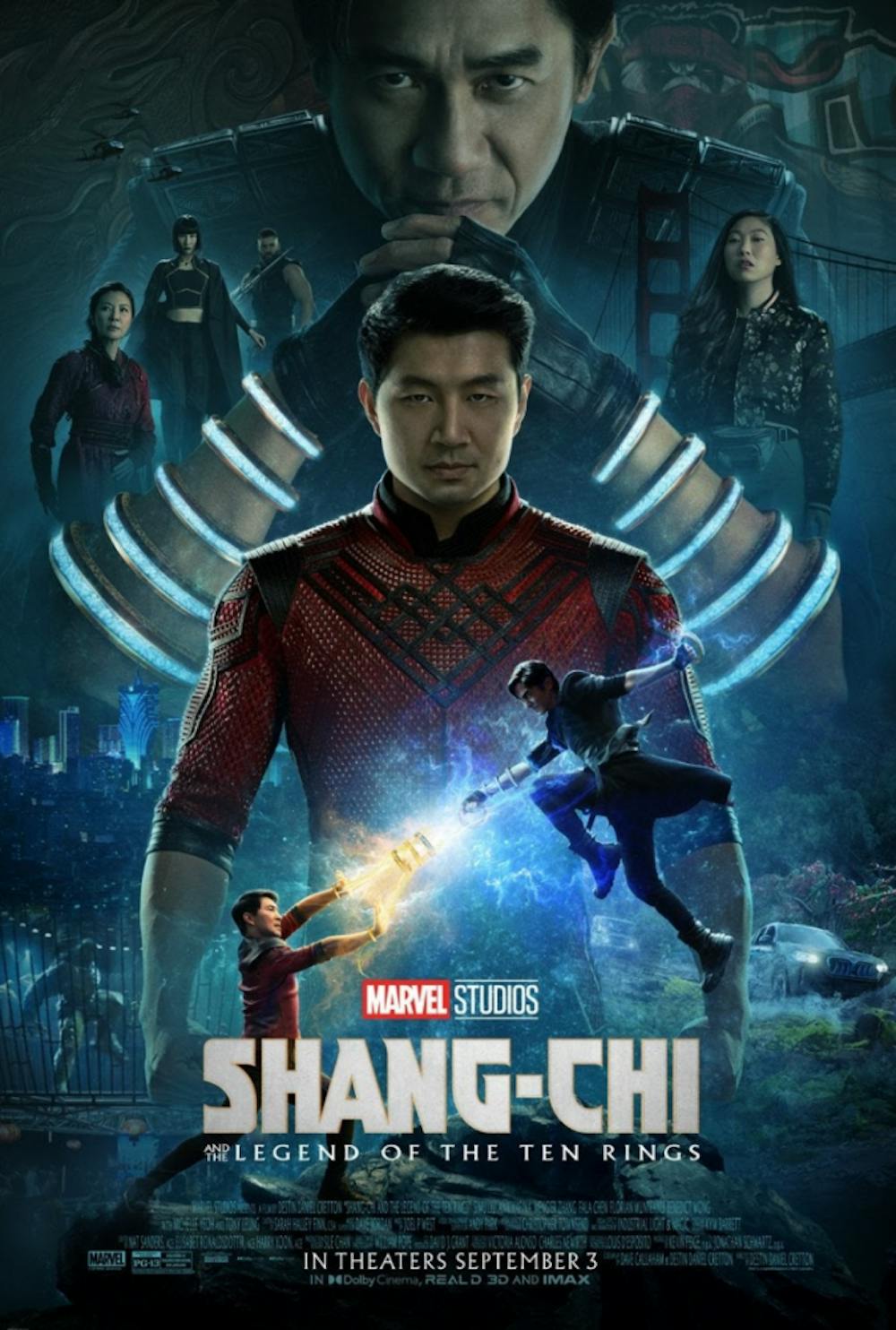 As the Marvel Cinematic Universe (MCU) ushers in a new generation of superheroes, “Shang-Chi and the Legend of the Ten Rings” offers a unique story entrenched in martial arts and Chinese culture. Just after the film’s theatrical release, the Chinese and Luso-Hispanic Studies departments, together with Asian cultural groups on campus, organized a screening and subsequent discussion panel for the film.
As the Marvel Cinematic Universe (MCU) ushers in a new generation of superheroes, “Shang-Chi and the Legend of the Ten Rings” offers a unique story entrenched in martial arts and Chinese culture. Just after the film’s theatrical release, the Chinese and Luso-Hispanic Studies departments, together with Asian cultural groups on campus, organized a screening and subsequent discussion panel for the film.
Pim Singhatiraj ’21.5 was one of the organizers of the events, and they saw the panel as a space for professors and students alike to discuss the movie in a casual setting. “It was super wonderful to be in a room full of people who look like me and [talk] about a movie that had a cast full of people who looked like us. It felt like an empowering experience,” they said.
“It was a feeling of awe and nostalgia for something I lacked when I was a kid: Asian-Americans being unapologetically themselves,” said Max Walters ’24, another panelist and organizer.
Following the first Marvel superhero of Chinese descent, “Shang-Chi and the Legend of the Ten Rings” depicts the origins of its eponymous character, Shang-Chi (Simu Liu), as he navigates family tensions and the burden of heroism thrust upon him. Working as parking valets in San Francisco, Shang-Chi and his friend Katy (Awkwafina) encounter a series of unexpected adventures, leading them to eventually defend Ta Lo, the village of Shang-Chi’s mother, Ying Li, from “soul-suckers” set to consume their spirit guardian.
The film’s settings boast a combination of urban and naturalist scenery for viewers to explore. The majority of the movie is spent in Ta Lo, a hidden, fantastical village inspired by Chinese lore, drawing both praise and critique from the panelists. Although some consider it clever to avoid politicization, others felt that it repeats the age-old orientalist trope that the East is unchanging. The variation of Chinese-inspired elements also sparked a debate of who the intended audience is: some viewers found it difficult to pick up some cultural cues and hidden jokes considering the extensive use of Mandarin throughout conversations within the film.
The casting of Shang-Chi came as a surprise to some. Prior to starring as Shang-Chi, Liu was primarily known for his role in the TV show “Kim’s Convenience” and, before that, even worked as a stock photo model. Together with a cast of veteran actors and recent debuts, “Shang-Chi and the Legend of the Ten Rings” set the stage for an impressive artistic turnout.
The screening event held at the Marquis theater in town saw an excited crowd gather along the nearby street in anticipation. Asian American and Pacific Islander (AAPI) students were given priority for limited space at the screening.
“I wanted a screening where most of the audience was part of the community,” said event organizer Professor of Luso-Hispanic Studies Enrique García. “It’s not that I’m homogenizing the [AAPI] group — I also [wanted to] see what the reactions of different Asians were for the panel, too.”
Both AAPI and non-AAPI alike found solace in collectively appreciating a landmark film for representation.
Especially today, for Asian-identifying individuals, the issue of representation within film can be a difficult one. As such, however robust the array of Asian actors present in the film, “Shang-Chi and the Legend of the Ten Rings” cannot individually shoulder the flaws within the greater MCU.
For one, Asian representation extends beyond East Asia. Amina Matavia ’23 shared her experience as a Southeast Asian watching the movie during the panel discussion. “I wish there was a wider variety of stories from all around Asia that’s represented in mainstream Western media because the Asian experience is not a monolith, even though it’s often treated like that [in the United States].”
For another, one-time representation does not rewrite decades of yellow peril or undo racist tropes seen in Shang Chi’s preceding comics. Indeed, the film slightly touches on anti-Asian hate, with Wen Wu (Tony Leung), Shang-Chi’s father and bearer of the ten rings, merely jesting about “The Mandarin”, a supposed terrorist. In this way, the film is both alluding to Wu’s original Marvel comic book character, Fu Manchu, and compensating for Marvel’s problematic past with “The Mandarin.” Considering the redemption of his past depiction’s racist caricature played by Ben Kingsley, students and faculty at the panel alike found issue with said aspects of the film, deeming its efforts lukewarm.
In “Shang-Chi and the Legend of the Ten Rings,” Kingsley reprised his role as Trevor Slattery, an actor, now being kept in the prison of Wen Wu. With the ability to speak with a mythical creature from Ta Lo, Slattery and the creature play a key role in the plot. Kingsley previously acted as Slattery in “Iron Man 3,” pretending to be “The Mandarin.” As expected, the fact that the masquerade was played by a white man didn’t sit well with some audiences. With that being said, considering the prominent political underpinnings of “Shang-Chi and the Legend of the Ten Rings,” the film may have been merely working with the hand it was dealt.
When brought into a greater context, the film may seem like any other MCU film, but “Shang-Chi and the Legend of the Ten Rings” stands as an important release in and of itself. As popular cinema takes more steps towards diverse storytelling, so should viewers’ expectations of the efforts from such large film studios.
Arts & Culture Editor Rain Ji ’23 contributed reporting to this article.
Chinese and Luso-Hispanic Studies Bring “Shang Chi” to Middlebury

Comments



